Archaeological Institute of America
Deadline: November 1, 2024
Announced: By March 1
Amount: two awards up to $8,500
Purpose: The Steinmetz Endowment supports the use of technology in archaeological research by providing grants to archaeological projects that make innovative use of technological tools and methods. Normally, such projects will have a fieldwork element. However, research conducted in a laboratory setting that employs technology may also be eligible for a grant. While all are encouraged to apply, priority will be given to new projects proposed by archaeologists at an early stage in their careers (within 8 years of the receipt of the PhD).
Projects may concern any location in the world and any time period, but must be designed to address important questions about the human past specifically through technological means. “Technology” should be understood broadly to include not only digital tools and approaches, but also those developed in engineering, chemistry, biology, physics, etc.
Requirements:
Review the Follow-Up Check List for previous winners.
The AIA welcomes applicants of all backgrounds and is committed to equal opportunity for all. Under no circumstances will the AIA discriminate against qualified individuals on the basis of race, color, religious creed, retaliation, national origin, ancestry, sexual orientation, gender, disability, mental illness, genetics, marital status, age, veteran status, or any other basis prohibited under applicable law.
As part of the Archaeological Institute of America’s ongoing commitment to fieldwork and families, reasonable line items for the care of dependent and elderly family members are allowable expenses for AIA grants, fellowships, and scholarships.
Proposals will be reviewed according to the following criteria (roughly in this order of importance):
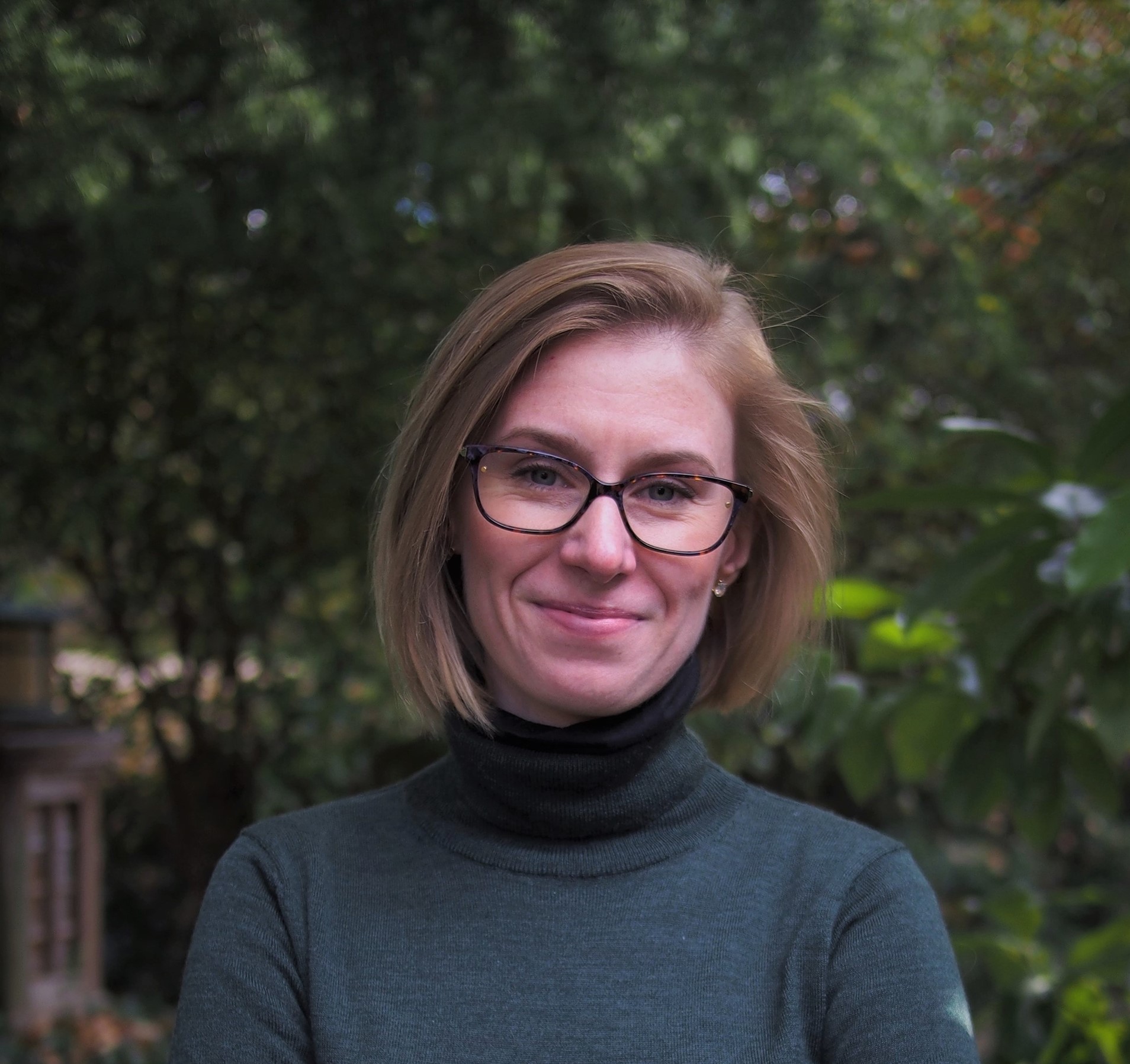
2024
Cornell University
What was it like to inhabit an ancient Roman home and garden? Integrated 3D-GIS models are no longer just archaeological visualization aids; they have exciting capabilities for modeling embodied sensory experiences. With a 2024 AIA grant from the Ellen and Charles Steinmetz Endowment for Archaeology, Dr. Kaja Tally-Schumacher (Cornell University) and her colleagues from the Casa della Regina Carolina Project at Pompeii will create more diverse avatars (such as disabled or elderly persons, pregnant people, and toddlers) and digital botanically accurate plants to both repopulate and replant the Casa della Regina Carolina and its environs as it would have existed in 79 CE. After completing photogrammetry on site in Italy this summer, the team plans to complete their 3D virtual model of the house and garden this fall and then upload the model into an online gaming engine that will allow members of the public to navigate the model and record their experiences.
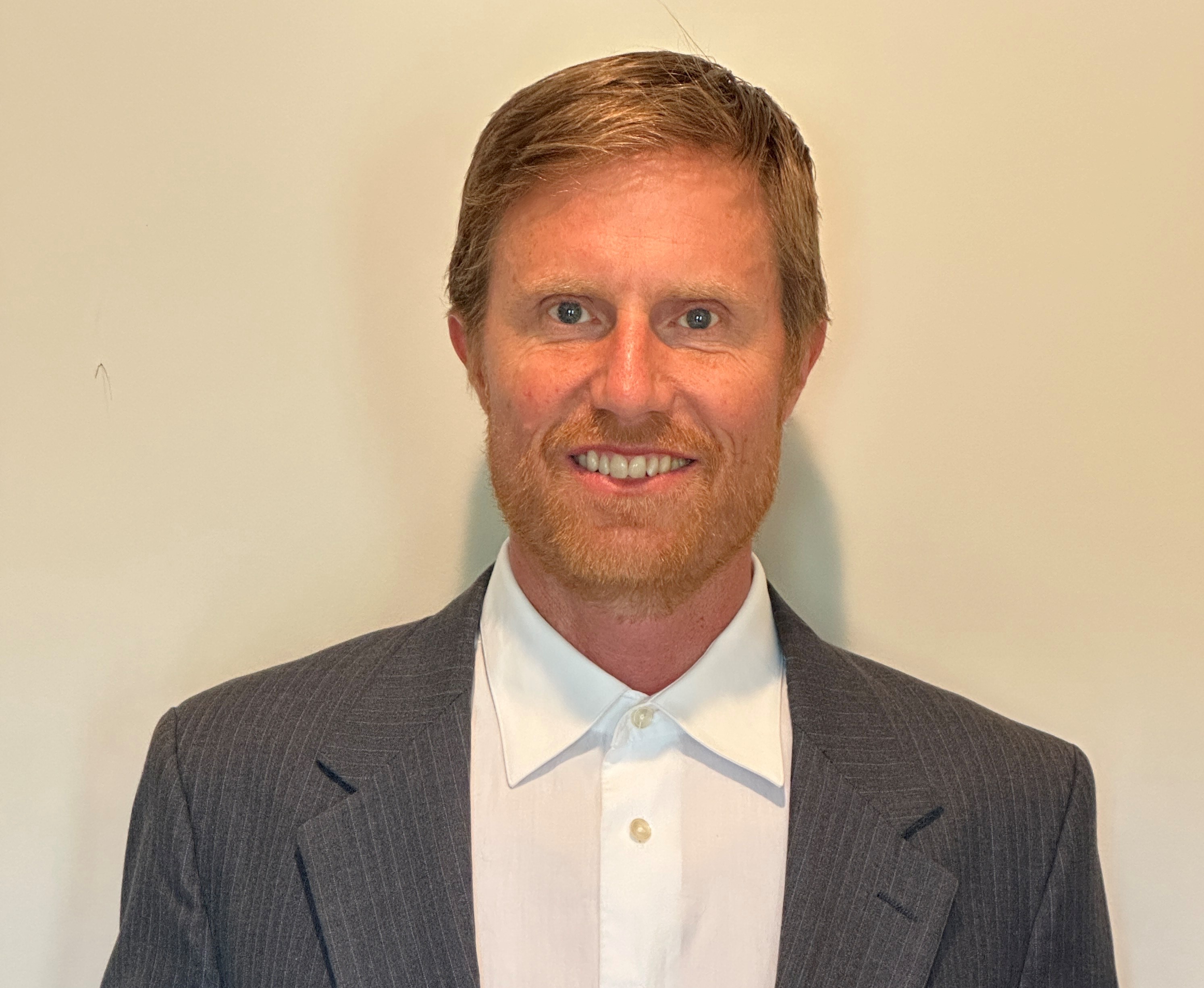
2024
University of Missouri
With a 2024 AIA grant from the Ellen and Charles Steinmetz Endowment for Archaeology an international team of American, Brazilian, and Indigenous researchers, including Dr. Robert Walker (University of Missouri), will discover, document, analyze, and publish the amazing geoglyphs of the southern rim of Amazonia. Geoglyphs are massive earthworks constructed with ditches and mounds to create geometric shapes that are often interconnected with ancient road networks. These impressive geoglyphs of Amazonia showcase ancient indigenous social complexity and organization as they engineered ecosystems and made large scale modifications to entire landscapes. The project team will use a combination of satellite imagery, artificial intelligence, LiDAR, and ground and aerial surveys to identify sites hidden beneath rainforest canopies. They will also determine the geographic extent of the geoglyphs and develop interactive tools to share results and promote the preservation of these important ancient indigenous archaeological sites.
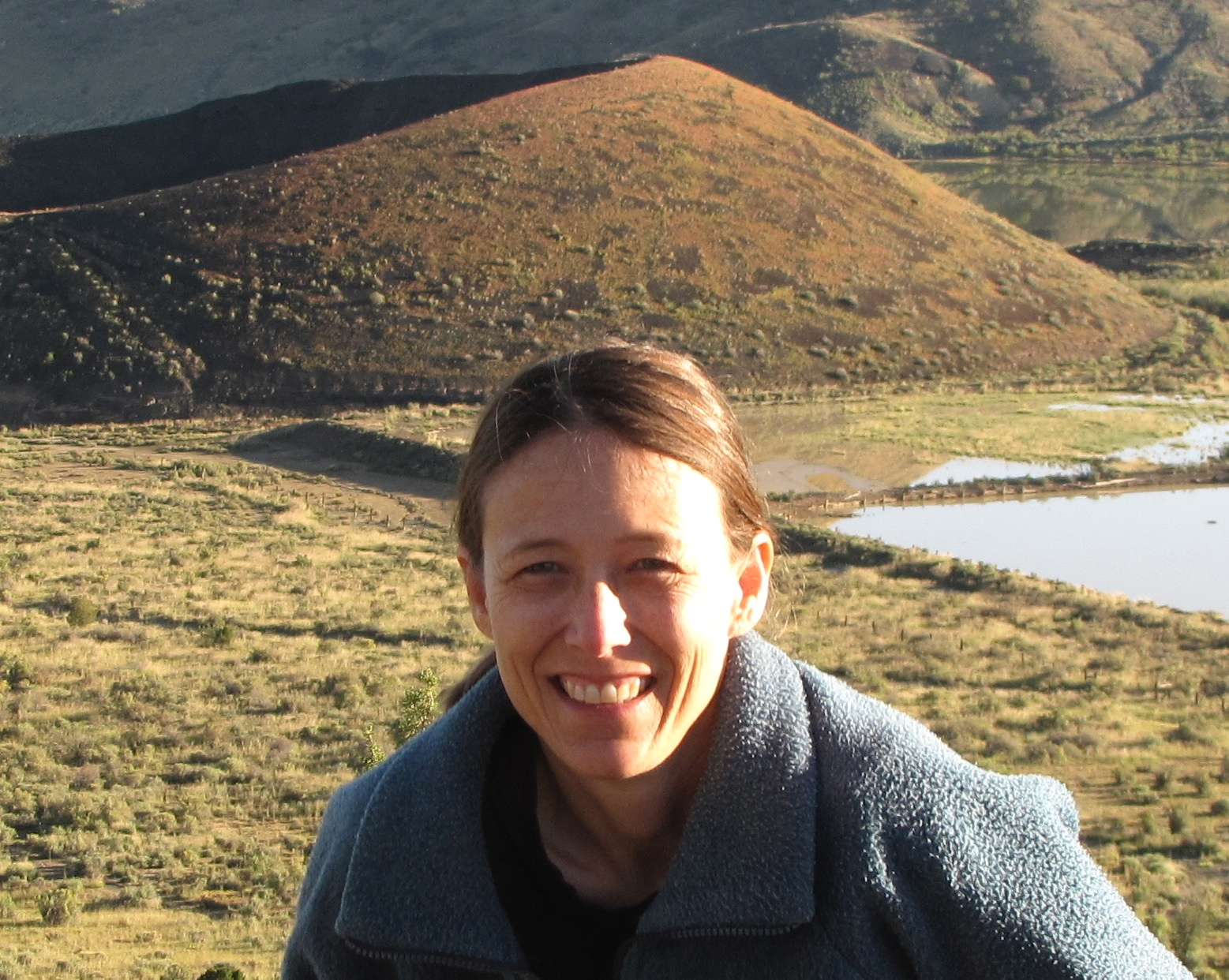
2023
University of Arizona
Jill Onken will use the Ellen and Charles Steinmetz Endowment Fund for Archaeology to fund her project, “Predicting Maya Archaeological Mound Destruction by Lowland River Meander Migration at Altar de Sacrificios” Meandering river channel migration is actively destroying prehistoric Maya mounds near the Guatemala-Mexico border at Altar de Sacrificios. Jill Onken and her co-PI, Jessica Munson, will use hydrologic computer simulations, luminescence dating, high-resolution digital elevation models, and historical satellite imagery to identify which mounds are most at-risk over the next 50 years and to explore possible ways to slow or mitigate the destruction. This study will also provide an analog for how the Usumacinta River watershed responded to prehistoric climate shifts and deforestation caused by Maya population growth and agricultural intensification before the ~950 CE Maya Collapse.
2022
University of South Florida
Laura Harrison used the Ellen and Charles Steinmetz Endowment Fund for Archaeology to fund her project, Geoinformatics Technologies for Digital Heritage Preservation and Climate Risk Assessment at Egmont Key, FL. The project aimed to gain insight on how to preserve Egmont Key, which has been eroding into the Gulf of Mexico, submerging three historic sites, and endangering Battery McIntosh, a 1901 Spanish-American War fort. The project used an innovative combination of lidar and GIS, to document Battery McIntosh’s overall state of preservation for the first time, and model the projected impacts of NOAA’s sea-level rise scenarios on a low-lying site. The insights from this project hoped to empower stakeholders to take action to save Egmont Key through targeted beach renourishment. In addition, the digital dataset was protected, preserved, and archived to enable continued research on Battery McIntosh, even if the site itself cannot be saved.
2021
Old Dominion University and The University of Texas at Austin
Jared Benton of Old Dominion University and Christy Schirmer of The University of Texas at Austin used the The Ellen and Charles Steinmetz Endowment Fund for Archaeology to fund The Urban Economy of Volubilis Project: Lithographies of Workshop Technologies. The project used a number of methods to conduct petrological analyses on stone technologies from workshops in the Roman city of Volubilis in Morocco. Such methods include optical petrography and Energy Dispersive X-Ray Spectroscopy to help identify the possible source of the stone used for these objects and how far they travelled to arrive in their workshops. The project hoped to reveal details about the relationships between local bakers, neighboring craftsmen, stonemasons, and merchants, situating them all in their broader industrial networks.
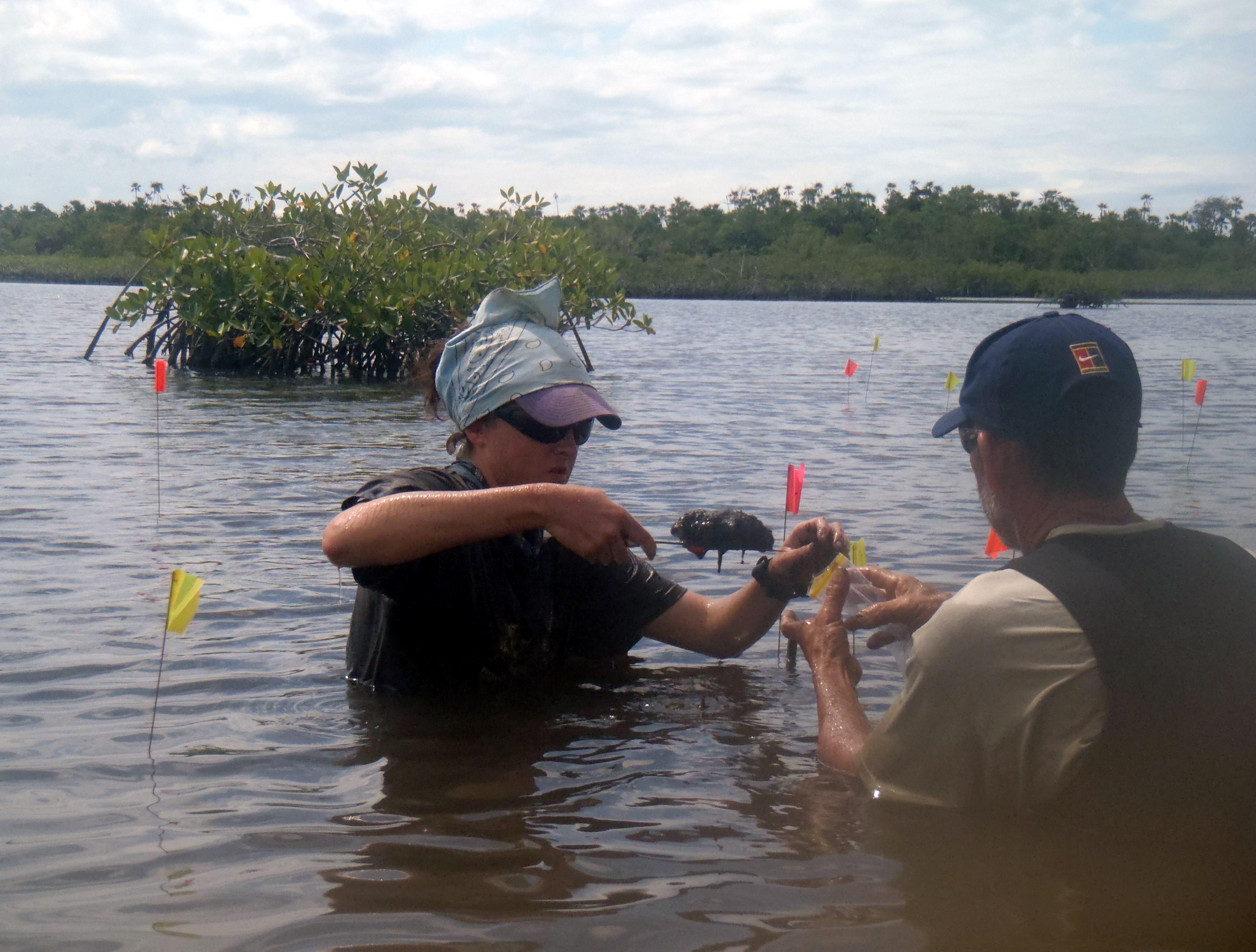
2020
University of Texas at Tyler
Elizabeth Cory Sills used the The Ellen and Charles Steinmetz Endowment Fund for Archaeology to fund her project, Detecting Invisible Salt Workshops: Comparing Chemical Signatures at the Placencia Lagoon Salt Works, Belize. The project used chemical soil testing at the Placencia Lagoon Salt Works, Belize to detect concentrations of chemical elements that allow the identification of activity areas and habitation (during the ancient Maya Classic period, AD 300-900). The project offered an exciting means to detect otherwise “invisible” salt making structures especially in places that lack preserved wooden architecture that is found at the Paynes Creek Salt Works.
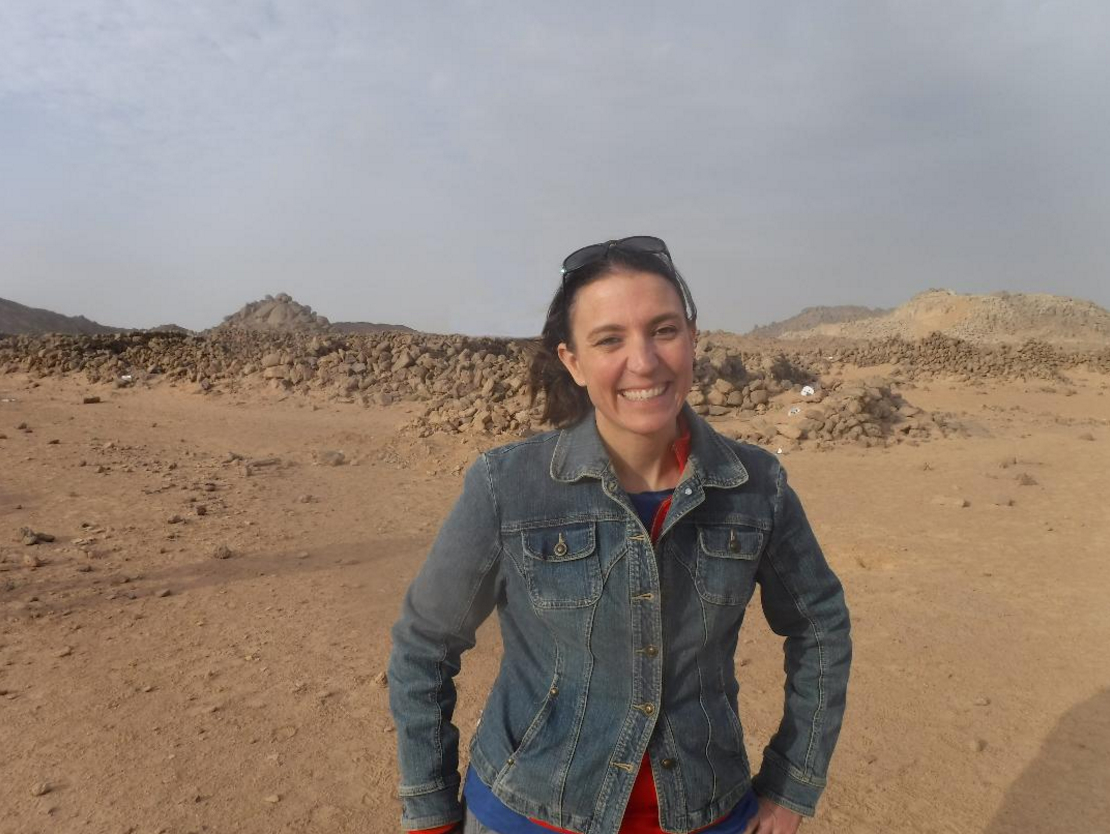
2019
California State University, San Bernardino
Kate Liszka used the The Ellen and Charles Steinmetz Endowment Fund for Archaeology to fund her project, The Wadi el-Hudi Expedition. The project required a technological tool to help rapidly finish surveying the standing architecture, rock inscriptions, and other archaeological remains at the ancient fortified settlements and mines in Egypt’s Eastern Desert. This was due to the imminent destruction of the archaeology of this area by new gold mines and the expiration of the project’s permissions to enter the area in December 2019. In order to address this urgent need to preserve the area, the project used the Steinmetz grant funds to develop a technique for ground-based photogrammetric survey using multiple cameras mounted on poles and Agisoft Photoscan.
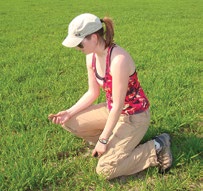
2018
The Field Museum of Natural History
Danielle Riebe used the The Ellen and Charles Steinmetz Endowment Fund for Archaeology to fund her project at the site of Esztár-Fenyvespart in Hungary. The project aimed to utilize a revolutionary compositional technique for analyzing the ceramic and lithic assemblages from the Late Neolithic (5,000-4,500 BC) at the Herpály site, Esztár-Fenyvespart, on the Great Hungarian Plain. The Steinmetz grant was used to fund a portable laser ablation device that gathered microscopic samples of prehistoric ceramics for transport back to the Field Museum of Natural History in Chicago, Illinois for further analysis. Compositional analysis of the ceramics from Esztár-Fenyvespart helped to illustrate how connected the site was to other Herpály sites, and potentially to Tisza settlements, on the Plain. The portable laser ablation device is cutting edge technology that is likely to become an essential tool for archaeologists in the near future.
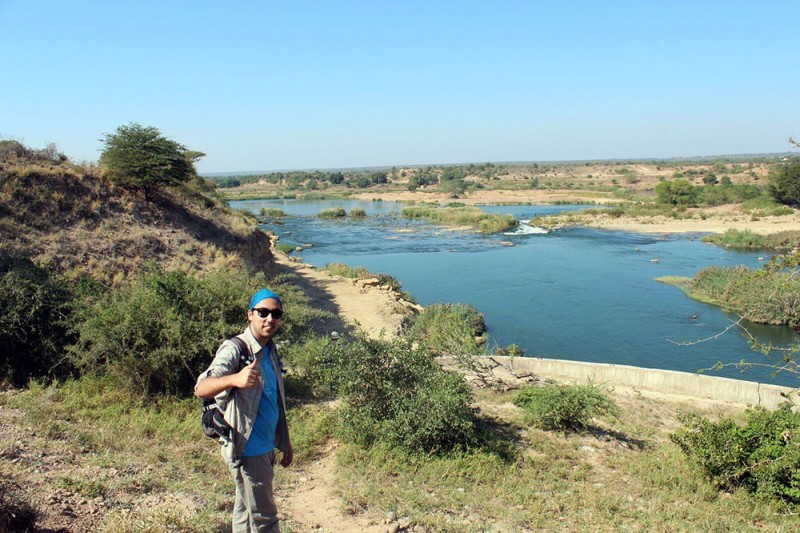
2017
University of Algarve
João Cascalheira used the The Ellen and Charles Steinmetz Endowment Fund for Archaeology to fund his project, Ballistic performance of Upper Paleolithic stone-tipped projectiles: an assessment using computational fluid analysis. The project aimed to contribute to a better understanding of the reasons behind variability and evolution of Upper Paleolithic stone-tipped weaponry, while focusing on projectile performance analysis through Computational Fluid Dynamics. 3D scans of the most representative point Upper Paleolithic types and subtypes were used to perform numeric analysis of wind-tunnel simulations to characterize aerodynamic performance and assess how shape and size changes influences flow parameters.
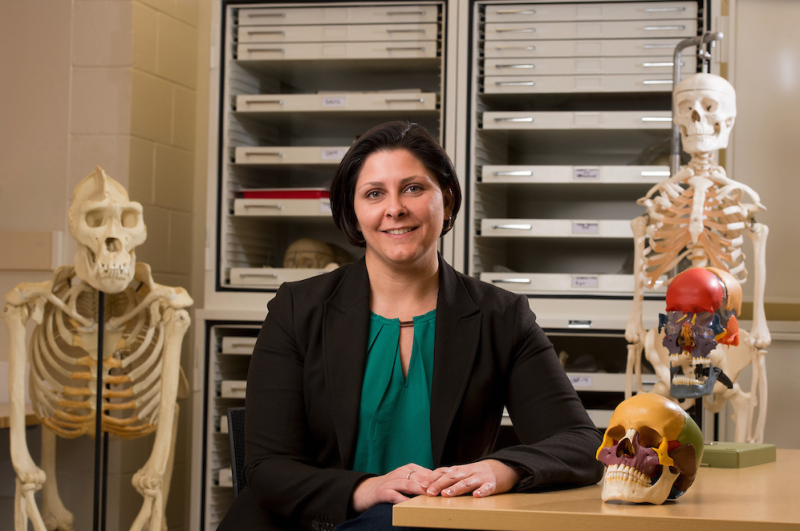
2017
University of West Florida
Kristina Killgrove used the The Ellen and Charles Steinmetz Endowment Fund for Archaeology to fund her project at the site of Oplontis. The project aimed to examine 54 previously unanalyzed human skeletons from the villa site of Oplontis to investigate the effects of catastrophic environmental change on people’s lives during the time period of 62-79 AD. This Steinmetz grant funded the 3D modeling portion the project. The project also sought to digitally preserve this cultural heritage through 3D scanning and photomodeling, and to share the results with researchers and the general public.